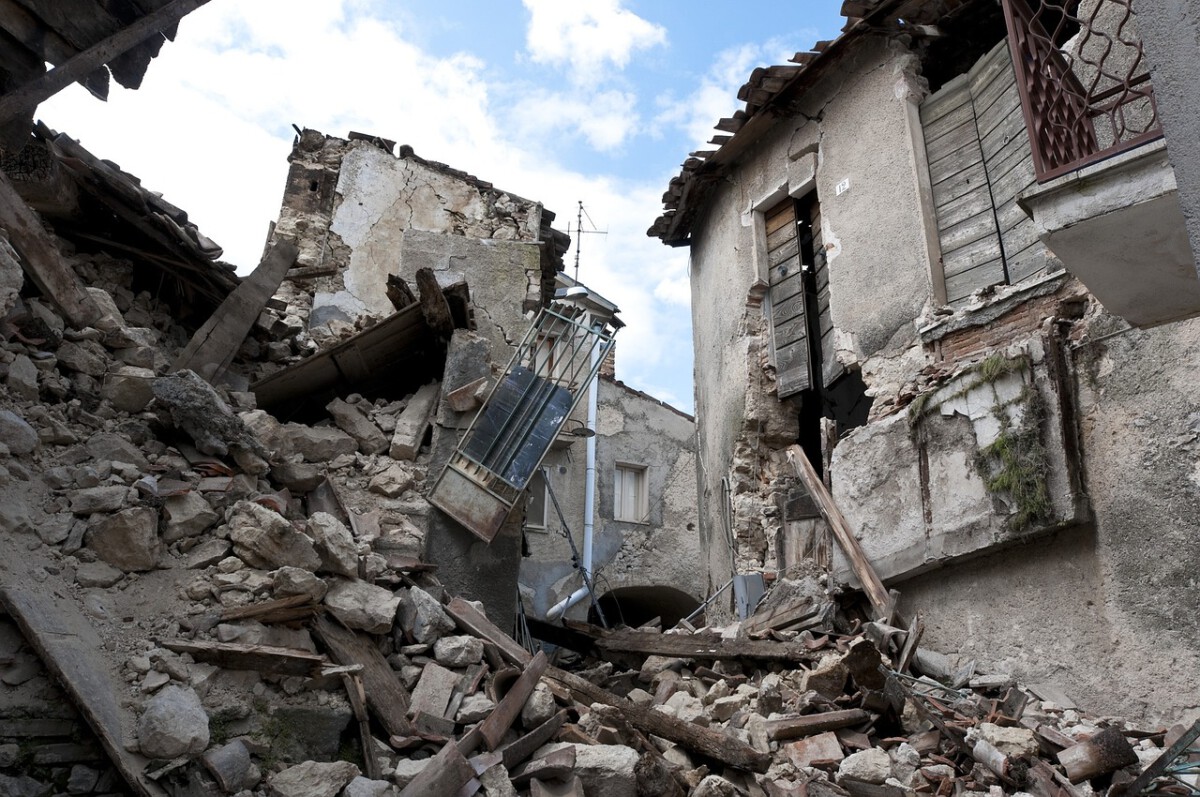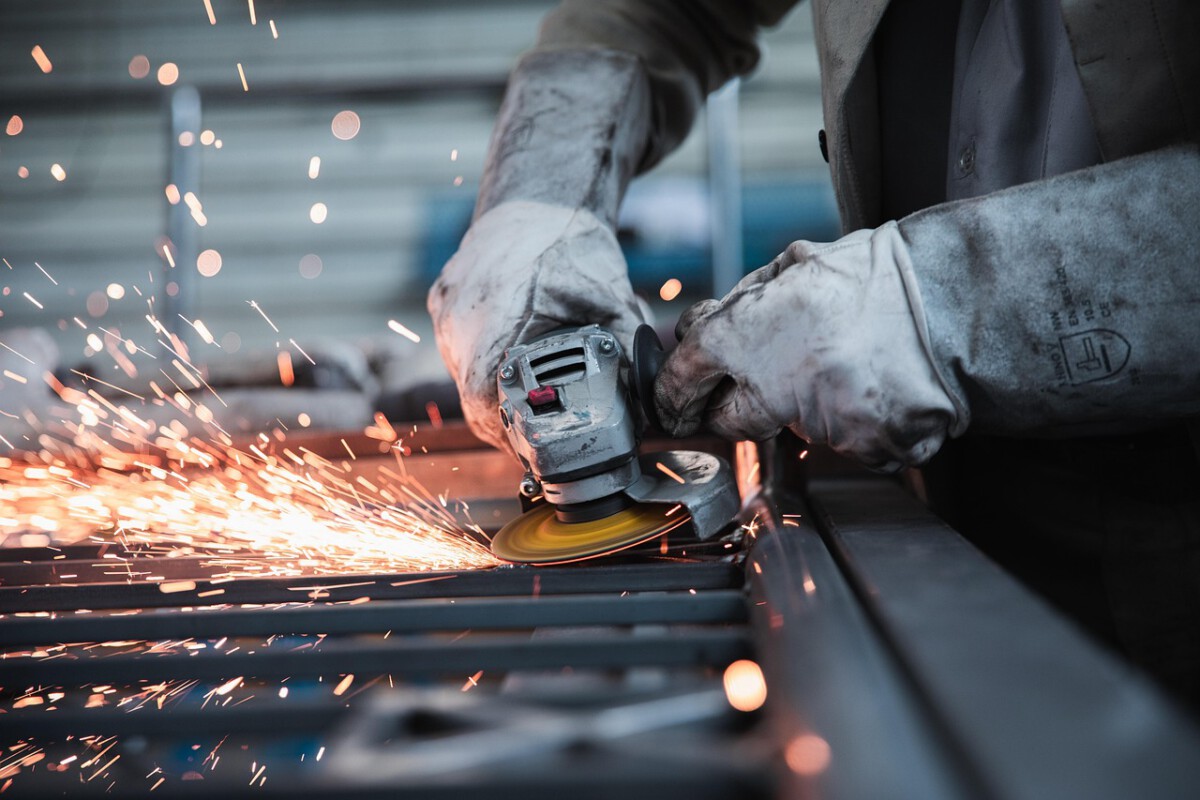The Unforgettable Shaking: The 1906 San Francisco Earthquake

On April 18, 1906, the city of San Francisco was jolted awake by a powerful earthquake. Measuring a staggering 7.9 on the Richter scale, it remains one of the most devastating seismic events in U.S. history. The destruction was immediate and widespread, with buildings collapsing and fires breaking out across the city. The earthquake lasted for less than a minute, yet in that brief time, it managed to change the course of history for San Francisco. The tremors were felt from Oregon to Los Angeles and as far inland as Nevada. People were caught off guard, and the chaos that ensued left a deep scar on the city and its inhabitants.
Devastation Beyond Measure: The Aftermath

The aftermath of the earthquake was as catastrophic as the quake itself. Over 3,000 people lost their lives, and more than 80% of the city was destroyed. The fires that followed the earthquake raged for several days, exacerbating the damage and making it difficult for rescue efforts to proceed smoothly. The city’s infrastructure was crippled, with roads and communication lines severed. Thousands of residents were left homeless, and the economy took a massive hit. It was a time of despair and uncertainty, as the city struggled to cope with the enormity of the disaster.
The Silent Threat: The San Andreas Fault

The San Andreas Fault, the geological culprit behind the 1906 earthquake, is a notorious tectonic boundary. It runs through California and is responsible for many of the earthquakes in the region. The fault is a transform boundary between the Pacific Plate and the North American Plate, and its movements are unpredictable. Scientists have been studying the fault for decades, trying to understand its behavior and predict future earthquakes. The 1906 earthquake was a stark reminder of the power of nature and the vulnerability of human settlements near such fault lines.
Lessons Learned: Advances in Seismic Safety

In the wake of the 1906 earthquake, significant strides have been made in earthquake preparedness and building codes. Buildings are now constructed with seismic safety in mind, using materials and designs that can withstand tremors. Emergency response plans are in place to ensure that cities can handle the aftermath of an earthquake more effectively. Public awareness campaigns educate residents on how to protect themselves during an earthquake. These measures have undoubtedly increased the resilience of cities in earthquake-prone areas, but the risk remains.
The Possibility of a Repeat: Could It Happen Again?

The possibility of another devastating earthquake hitting San Francisco is not just hypothetical—it is a real concern for scientists and residents alike. The San Andreas Fault is still active, and experts warn that another major earthquake could occur at any time. The population of San Francisco has grown significantly since 1906, which means that the potential impact of a similar event could be even more catastrophic today. While advances in technology and preparedness have been made, the unpredictability of earthquakes continues to pose a significant threat.
Preparedness is Key: What Can Be Done?

Given the potential for another major earthquake, preparedness is crucial. Residents are encouraged to have emergency kits ready, with essentials like food, water, and medical supplies. Regular earthquake drills can help people react swiftly and safely during an actual event. Buildings, especially older ones, should be retrofitted to meet current seismic safety standards. Community awareness and education programs can empower people to take proactive measures to protect themselves and their families. Preparedness can make a significant difference in the outcome of an earthquake, mitigating damage and saving lives.
Looking Forward: Building a Resilient Future

As we look to the future, the goal is to build a more resilient society that can withstand the forces of nature. This involves investing in research to better understand earthquakes and improve prediction methods. It also means creating robust infrastructure that can endure seismic events and developing comprehensive response plans for when they occur. Collaboration between government agencies, scientists, and communities is essential to achieving this goal. By learning from the past and preparing for the future, we can reduce the impact of these natural disasters and protect our cities and citizens.







